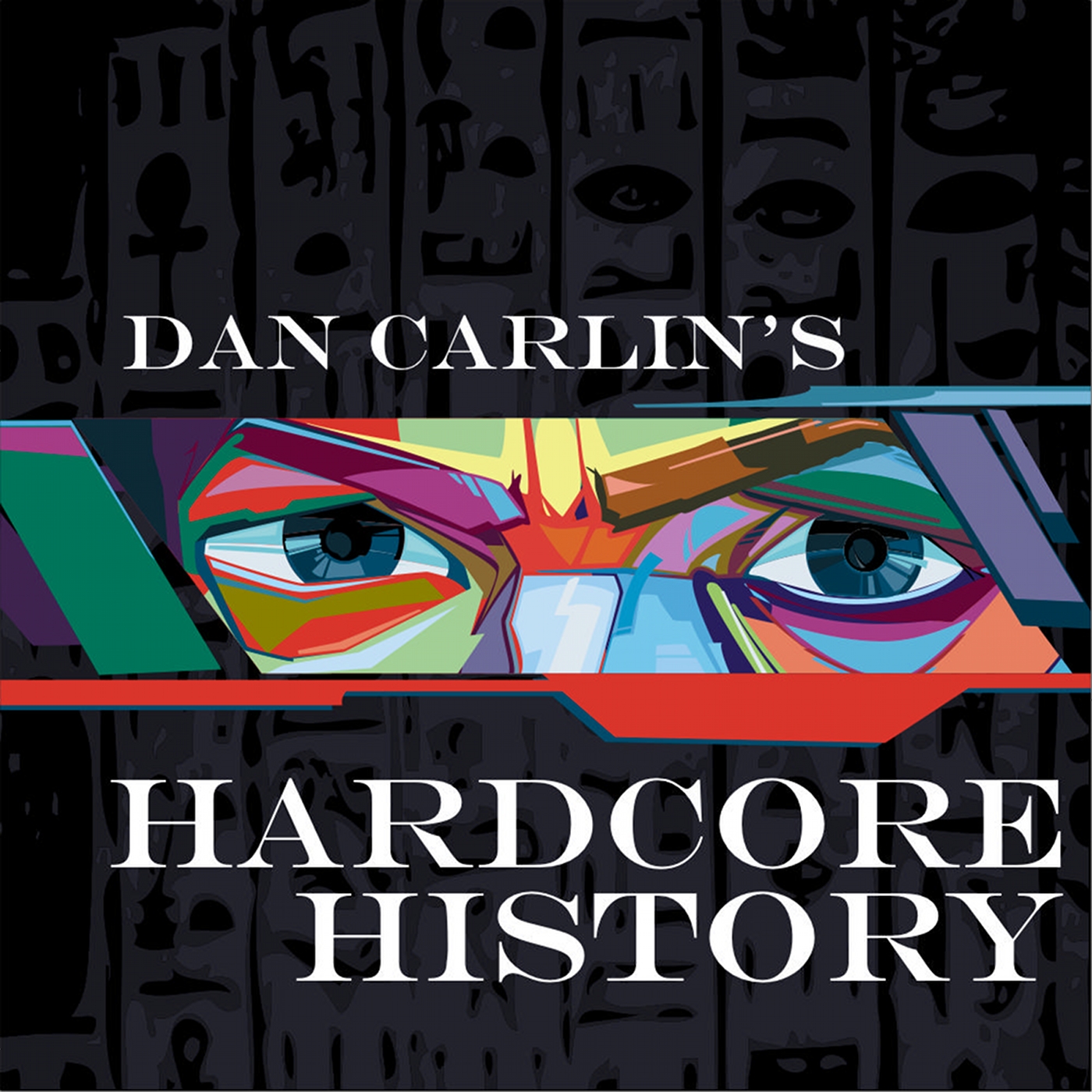
India Insight with Sunny Sharma
Join host Sunny Sharma on discussions with his elder, informative, and insightful cousins Abhishek Kasid (Vinni), Ranjan Wali (Tinku), and others with informative conversations on Indian and American history, politics, spirituality, philosophy, news and everything in between. I also do standalone podcasts on various historical and political topics.
India Insight with Sunny Sharma
February Section 3- The Great Migration, Harlem Renaissance, and World War 1915-1954 Part 2 of 2
This period is characterized by an intense push for equal occupational opportunities that would yield economic prosperity for all people. This would be realized after World War II where due to the efforts of a variety of labor organizers, many influenced by Marxist theories, America would enter an era of the pinnacle of its union cooperation which would correspond to a great degree of prosperity. However, there was not just a push for jobs through legal and political protections there were efforts to create a variety of new civil rights and educational legislation. Women educator and scholars also became more involved in labor organizing as time went on contributing to the massive membership of the Southern Tenant Farmers Union to 300,000. The involvement of students in this era would foreshadow future involvement of student participation in the Civil Rights movement that would be crucial to ending segregation in the south.
Asa Randolph and others relate a growing global sentiment as countries around the world urged for freedom against the chains of fascism, authoritarianism, and communism that a society is only democratic when the weakest members can exercise not just political rights but has the economic means to fend for themselves. President FDR relates to this global sentiment through his aspirations for greater equity and equality through his 1945 Economic Bill of Rights near the end of his life demanding health care, housing, a decent paying job, and more. As will see at the end of these podcasts, the political agenda of President Barack Obama, especially his passing of Universal Healthcare to provide insurance to millions of poor people and his advocacy against inequality, and efforts to end the 2008 national recession, was in many ways a fruition of this 1945 Economic Bill of Rights.
This period from 1915-1954 saw a significant growth in political consciousness not just of the masses, but also the place of black women whose recognition of the identity of black, woman, and worker is critical in recognizing a heightened political consciousness and achieving rights for all people. Moreover, the rise of Thurgood Marshal saw the translation of the social and moral principles of passed luminaries especially the abolitionists in legislation. The Harlem Renaissance was an immense cultural phenomenon which was an incubator not just for artistic expression, but also for the race question. This would influence future cultural icons like Amiri Baraka and other intellectual who would be entering a more open academic space as the McCarthyism movement subsided, allowing them to influence a whole new generation of young people. The question is what methods, which overlap, would win out not just during the Second Reconstruction of 1954-1975, but also today: nonviolent civil disobedience and the realization of the Beloved Community, conservative black nationalism, cultural nationalism, revolutionary black nationalism, or black electoral politics?
Tune in for the next video podcast to delve more deeply into these ideas.
Next Podcast Monday February 24-
Section 4- We Shall Overcome: The Second Reconstruction, 1954-1975 Part 1 of 2
Next Podcast Monday February 25-
Section 4- We Shall Overcome: The Second Reconstruction, 1954-1975 Part 2 of 2
Next podcast February 28 Thursday:
Section 5- The Future in the Present: Contemporary African-American Thought, 1975 to the Present Part 1 of 2
Next podcast Finale March 1 Friday:
Section 5- The Future in the Present: Contemporary African-American Thought, 1975 to the Present Part 2 of 2
Podcasts we love
Check out these other fine podcasts recommended by us, not an algorithm.

India Insight with Sunny Sharma
Sunny Sharma
The #IndianInterest
Abhijit Chavda